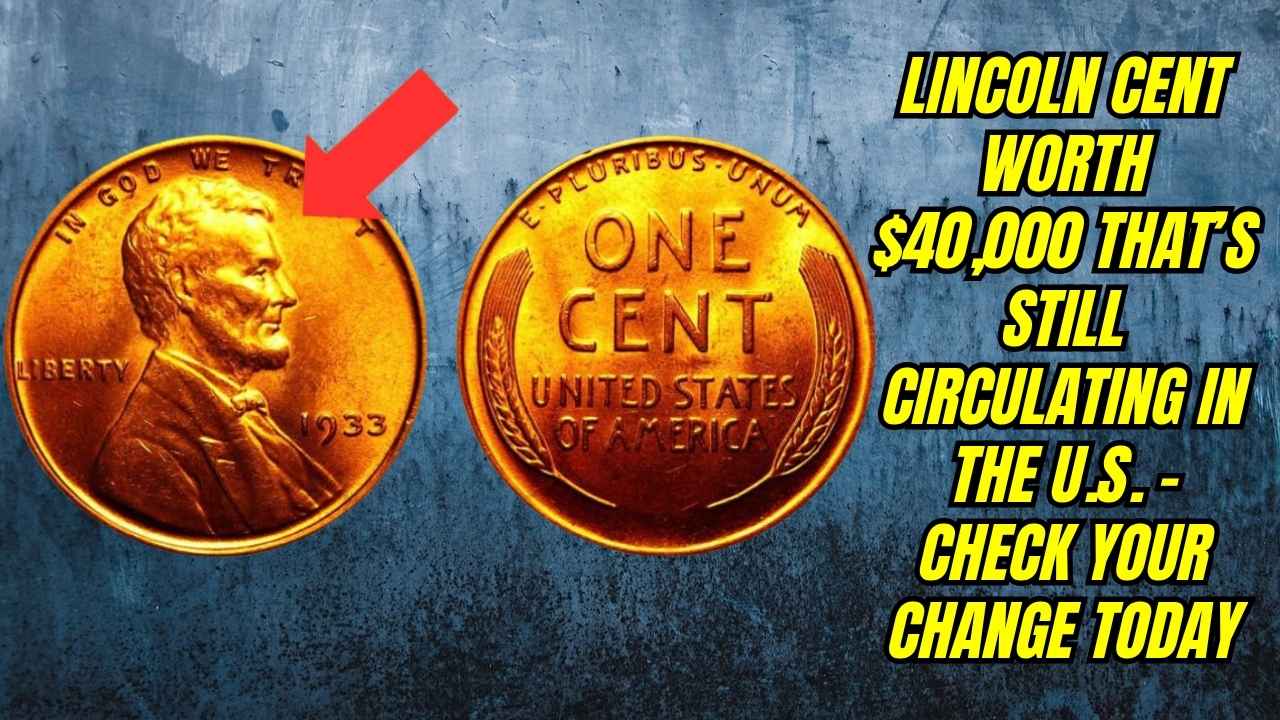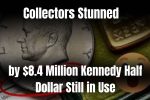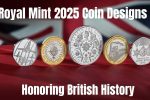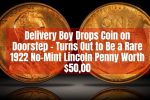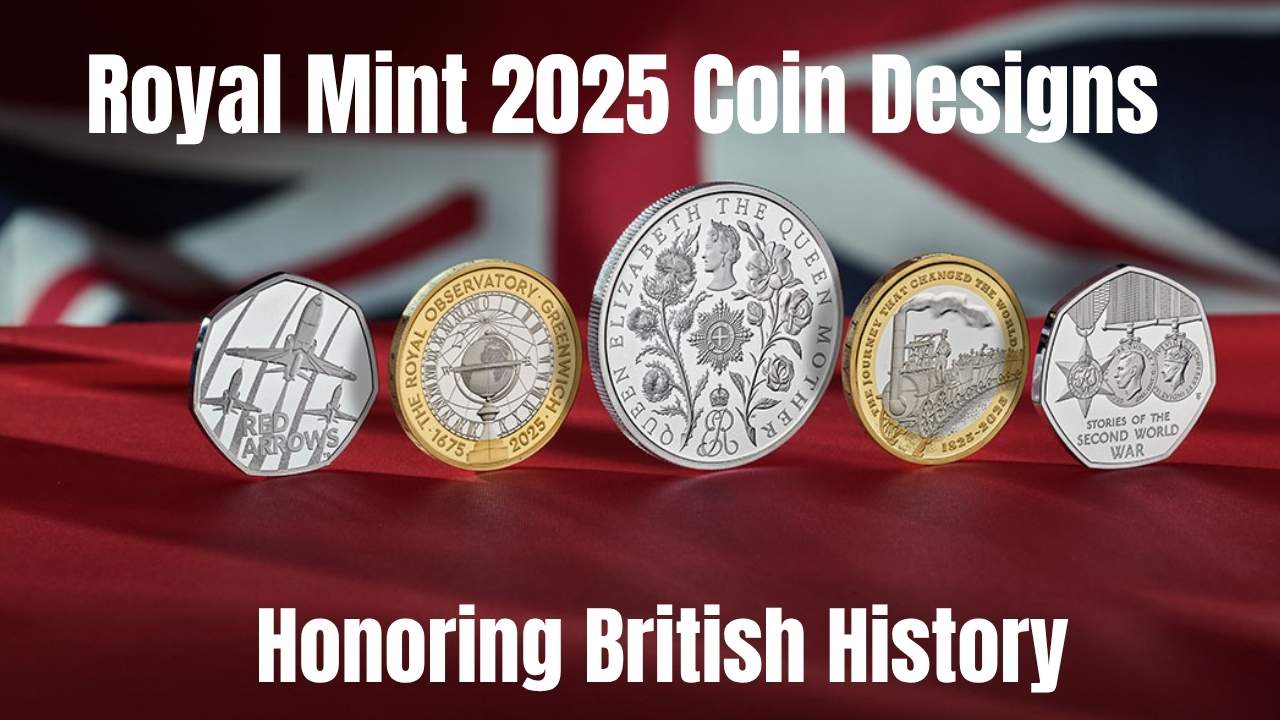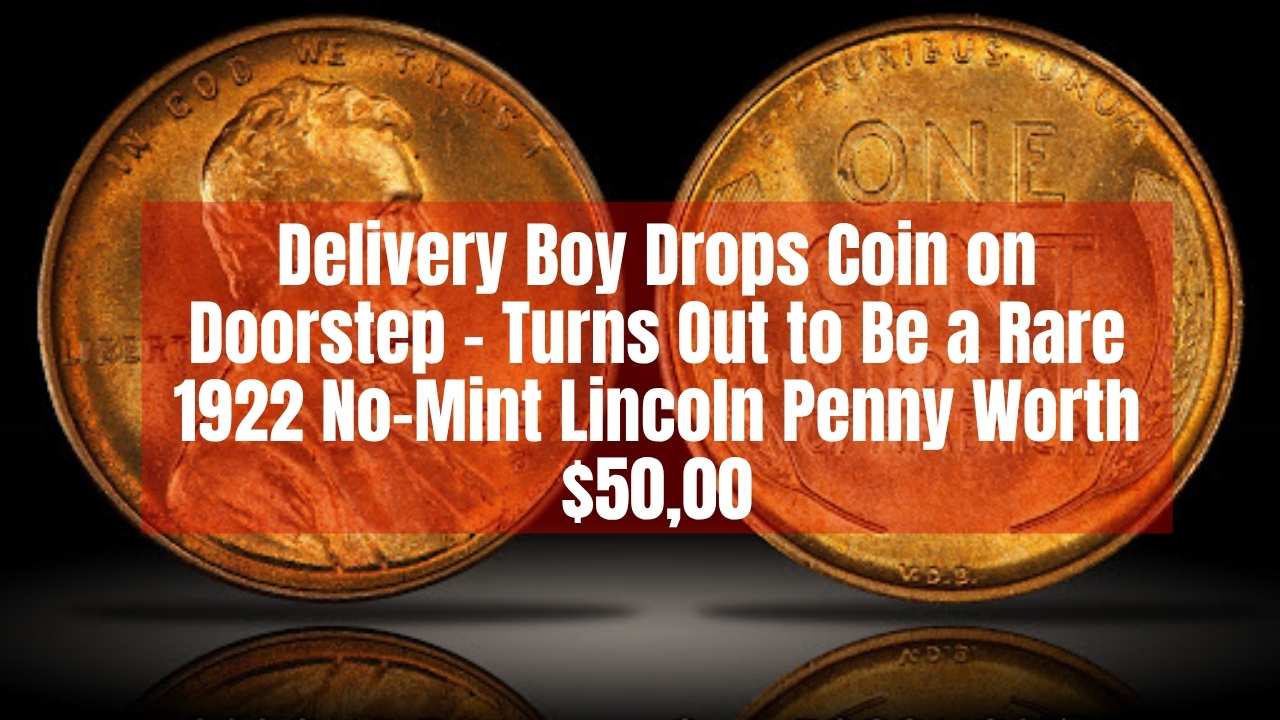It sounds like a dream—holding a penny in your hand and realizing it might be worth tens of thousands of dollars. Believe it or not, this could be the case with some ultra-rare Lincoln Cents that are still rounding through pocket change. While most pennies are worth just a cent, exceptional varieties and minting errors can dramatically boost their value, catching collectors’ attention and turning idle coins into prized finds.
In this article, we’ll dig into the story behind a Lincoln cent worth $40,000, explore other high-value varieties, and guide you on how to identify, protect, and potentially sell these gems. Whether you’re a coin collector or simply curious, learning what sets these pennies apart could lead to an unexpected treasure.
Lincoln cent worth $40,000
Only a select group of Lincoln Cents carry the distinction of fetching $40,000 or more. These often include rare minting anomalies or unique metal compositions—like the famed 1943 copper penny. While many surviving specimens fall into tens of thousands, the extraordinary few have crossed the $40,000 mark under the right circumstances, such as pristine condition and undeniable collector rarity.
Overview of Valuable Lincoln Cents
| Year & Variety | Error/Feature | Estimated Value |
| 1943 (no mint mark) | Copper instead of steel | $40,000 – $100,000 |
| 1909-S V.D.B. | Initials on reverse | $600 – $2,000 |
| 1955 | Doubled die obverse | $1,000 – $1,800 |
| 1972 | Doubled die obverse | $200 – $300 |
| 1992 | Close AM reverse | $1,500 – $3,000 |
| 1944 D/S | Mint mark error (D/S) | $75 – $200 |
| 1983 | Double die reverse | $250 – $400 |
(Values based on typical collectible conditions)
Discovering the Value of the Lincoln Cent
The Lincoln Cent debuted in 1909 to mark Abraham Lincoln’s 100th birthday and has been a staple of American coinage ever since. Over the years, it has seen design updates, from Victor Brenner’s original wheat ear motifs to the Lincoln Memorial and more recent Union Shield reverses. More importantly for collectors, certain minting anomalies—like the 1943 copper misprint—are rare enough to skyrocket in value.
Identifying Rare Lincoln Cents
To spot a Lincoln cent worth $40,000, you’ll need a sharp eye and a magnifying glass. The 1943 copper error stands out in color—bright copper against the normal silvering of steel pennies. Other valuable varieties include:
- 1909-S V.D.B.: Recognizable by the initials “V.D.B.” on the reverse.
- 1955 doubled die & 1972 doubled die: Look for thick, doubled lettering.
- 1992 Close AM reverse: Note the “AM” spacing in “America”.
- 1944 D/S: Tiny overlapping mint marks.
- 1983 double die reverse: Resinophically doubled reverse images.
These details often require magnification to properly identify.
Evaluating Coin Condition
The Sheldon Scale (1-70) is the gold standard for grading coins. A coin graded MS‑65 (Mint State) shows near-perfect surface preservation. Factors to check include:
- Luster and sheen
- Absence of scratches or wear
- Sharp details on the high-relief areas
- Proper toning and no discoloration
For a Lincoln cent worth $40,000, near-mint or better condition is essential—especially critical for error coins.
Where to Sell Your Rare Lincoln Cents
Navigating the market professionally can help maximize returns:
- Coin shows: Ideal for connecting with serious collectors and dealers.
- Online platforms: eBay and numismatic websites offer broader reach.
- Specialty coin dealers: Reputable dealers can guide grading, marketing, and sale strategies.
- Graded coin auctions: Coins certified by PCGS or NGC fetch premium prices.
Proper grading (e.g. PCGS, NGC) is often a prerequisite for high-end bids and buyer trust.
Protecting Your Collection
To preserve value:
- Use acid-free holders or coin flips.
- Avoid cleaning—abrasive methods damage grading integrity.
- Store coins in a climate-controlled environment.
- Handle only by edges, wearing cotton gloves.
- Consider safely stashing rarities in a lockbox with inventory records and photos.
Understanding Coin Grading
Basic grades and implications:
- G-4 (Good): Major wear; minimal value.
- VF-20 (Very Fine): Some detail remains; modest value rise.
- AU-50 (About Uncirculated): Light wear; substantial collector interest.
- MS-65 (Mint State): Near-perfect surface, very high collector value.
High grades decisively boost worth—essential for a Lincoln cent worth $40,000.
FAQ
1. What makes a Lincoln cent worth $40,000?
Typically, it’s a rare 1943 copper cent in pristine condition combined with strong collector demand.
2. Is grading essential for such coins?
Yes—without certification, selling at high prices is nearly impossible.
3. Can I still find high-value pennies in everyday change?
Rare, but not impossible! You might stumble upon an earlier variety or surface-level errors.
4. Should I clean a valuable penny before selling?
No—cleaning damages the natural patina and lowers the grading value.
5. Where should I sell my rare cent?
Coin shows, graded auctions, or well-established online marketplaces with specialist auction support.
Final Thoughts
A Lincoln cent worth $40,000 isn’t just American pocket change—it’s a piece of history packed with value. Error coins like the 1943 copper penny exemplify how mint mistakes and rarity can elevate a humble coin to prized collectible status. By learning to spot these special cents, protecting their condition, and exploring the right sales avenues, you could transform loose change into a significant investment. So next time you flip through pockets or piggy banks, take a moment—there could be a fortune hiding in plain sight.
